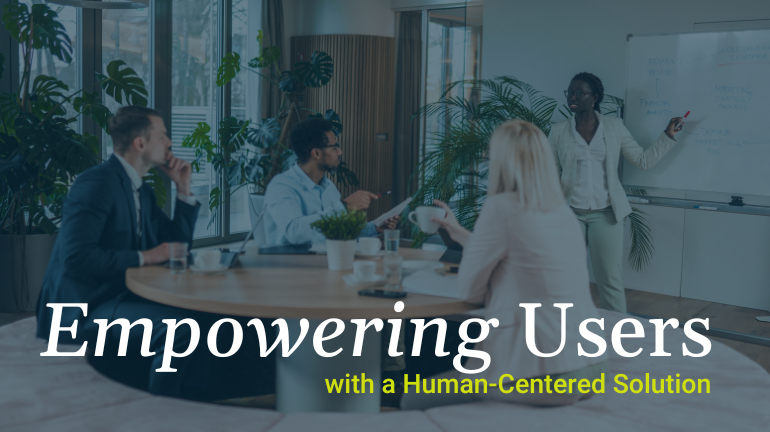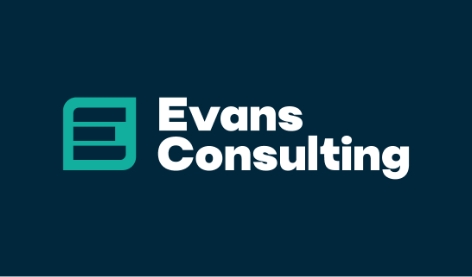Empowering Users with a Human-Centered Solution

At Evans Consulting, we firmly believe in harnessing the potential of aligning business and technology solutions with the human element. This means recognizing that all aspects of an organization – its strategy, processes, structure, roles, and incentives – are interconnected by one crucial factor: its people. However, to effectively apply this concept to a specific project, we must understand the optimal balance between customer preferences, problem requirements, and organizational culture.
Understanding Customer Preferences
It’s important to acknowledge that different leaders employ varied approaches to problem-solving. Some are visionaries, capable of quickly envisioning and articulating a clear solution roadmap. Others are analyzers or arrangers, who carefully decompose problems and consider relevant information before determining an approach. There are also mobilizers, who empower their teams to actively contribute to the solution. To succeed in our work, we must tailor our approach to leverage the unique strengths of each client. Phrases like “creating buy-in” or “executive sponsorship” highlight the need to present problems in a concise and understandable manner, allowing key decision-makers to fully grasp and support the solution.
Understanding Problem Requirements
Taking an engineering perspective, every business problem can be broken down into its constituent elements. We diligently analyze inputs, processes, outputs, customers, suppliers, policies, organizational mandates, and enabling IT solutions. This thorough examination provides insight into the mechanics of the work. We then employ industry best practices, lessons learned, standards, and our own methodologies to develop sustainable, measurable solutions.
Understanding Organizational Culture
Assessing and planning for change within an organization’s culture requires a deliberate approach to drive lasting and impactful transformation. Various cultural predictors can be considered, such as leadership’s awareness of the need for change, collective focus on enhancing outcomes, willingness to embrace innovation, incentivizing continuous learning, and allocating resources for talent development at all levels. It is important to tailor the implementation approach to match the client’s tolerance and preference, whether it be fast-paced with multiple projects simultaneously affecting different parts of the organization or a more gradual and low-risk approach with consecutive projects.
To drive change that truly sticks, it is essential to strike a delicate balance between these three often competing values. Focusing too much on one value can jeopardize the others and the overall success of the change initiative.
Ultimately, human-centered change is the key to achieving sustainable and impactful transformations within organizations.



